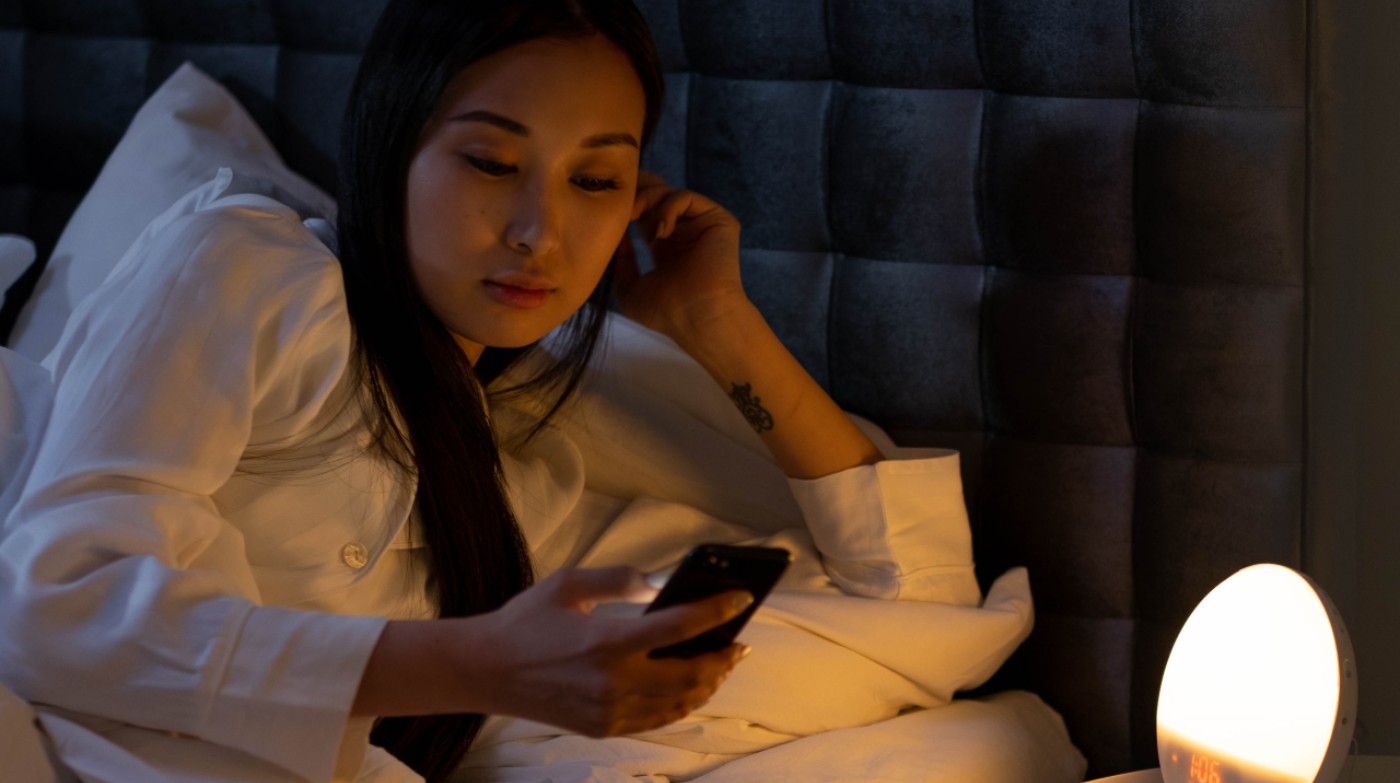Daylight Saving Time: blessing for farmers, burden to 9-5 workers—all around it’s a jolting experience for many.
Understanding human circadian biology can help reduce the unpleasant impact of the leap forward on our metabolism, mood, and neurology, as the mysterious, all-pervasive attunement of our cells to the day-night cycle cannot be ignored.

Cells that make up tissues and organs in our body have a perception to the movements of the sun through the sky. These perceptions trigger different effects, and are known as clocks. The suprachiasmatic nucleus is a part of the brain known as the master clock, to which the circadian cellular clocks are attuned.
Their effects include producing hormones that trigger chemical reactions, altering cellular receptors to prefer certain chemicals in certain moments, and closing them down in others.
Daylight Saving Time doesn’t change the movements of our nearest star, only our human perception of scheduling as it relates to the placement of the sun in the sky.
Here are some simple bio-hacks for how to prepare this week for the coming time distortion.
1) Go to bed 15 minutes earlier every night

A good night’s sleep is a wonderful thing, but losing even just one hour of it over one single night can have undesirable consequences. To prepare for the upcoming time change, it’s the same as in the week leading up to a super early-morning flight—go to sleep 15 minutes earlier every day until you reach a point where during the days before Daylight Saving, you’re sleeping over the same period that you will be after the change.
2) The day before, get as much sunlight as you can, and eat tryptophan
Sunlight absorption during the day was shown in an often-cited Japanese study to have a direct correlation to higher increases of melatonin secretion at night.
That same study found that people who consume more tryptophan for breakfast—an amino acid plentiful in meats, particularly turkey, had higher amounts of melatonin secretion after dark—that’s no surprise since tryptophan is directly used to produce melatonin.
3) Sunbathe if you can
First thing in the morning, grab a cup of coffee and spend as many minutes as you can bathing in the sun. Even if it’s cloudy, the UV light of a cloudy day is still many hundreds of times stronger than indoor lighting.
The aforementioned suprachiasmatic nucleus uses the sun as a metric, and if you deprive it of the sun’s rays it will take longer to figure out your new schedule.
4) Exercise on the day the clocks change
Exercise is another strong measurement of day-night cycles. For hundreds of thousands of years our ancestors did most of their physical activity during the morning and afternoon, so fitting in an intense exercise session is a great way to speed up the clock change, as our circadian rhythms evolved to use exercise, timing of meals, and the sun to calculate what time of day it was.
5) After the clock changes, keep the room dark and cold
Sleep science, known as polysomnography, has shown that cold temperatures inside a room will aid in sleep. Again we have to imagine evolution preceding us: when the sun goes down in most places on Earth, the temperature goes down with it.
RELATED: Study Reveals the Perfect Number of Extra Minutes’ Sleep Per Night For Improved Mindfulness
There were no artificial lights of any kind beyond fire and the stars or the moon for millions of years, so we are accustomed to become sleepy when it becomes dark and cold. Doing so will ensure you have a long refreshing sleep cycle the night after the time change.
Refresh Your Friends’ News Feeds by Sharing This Story…




















